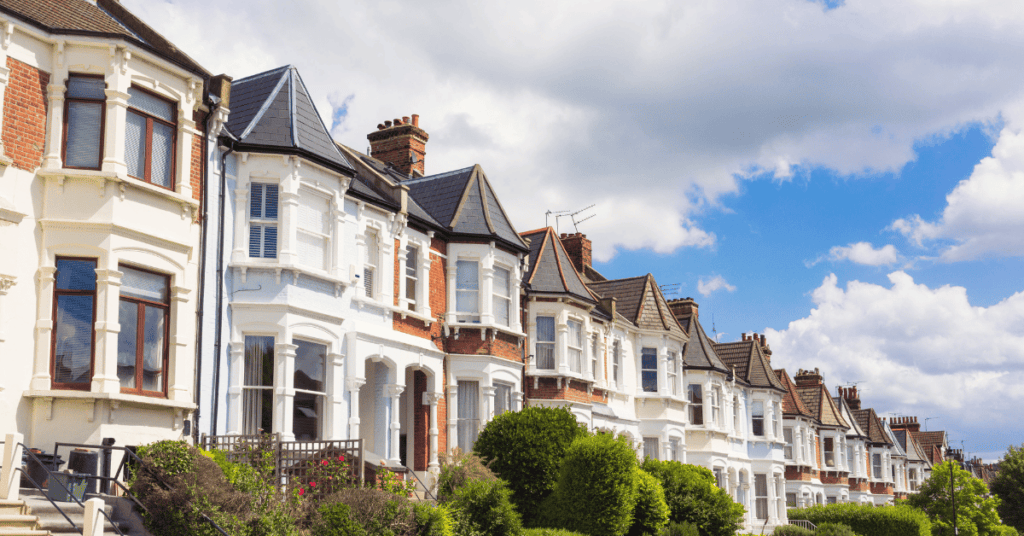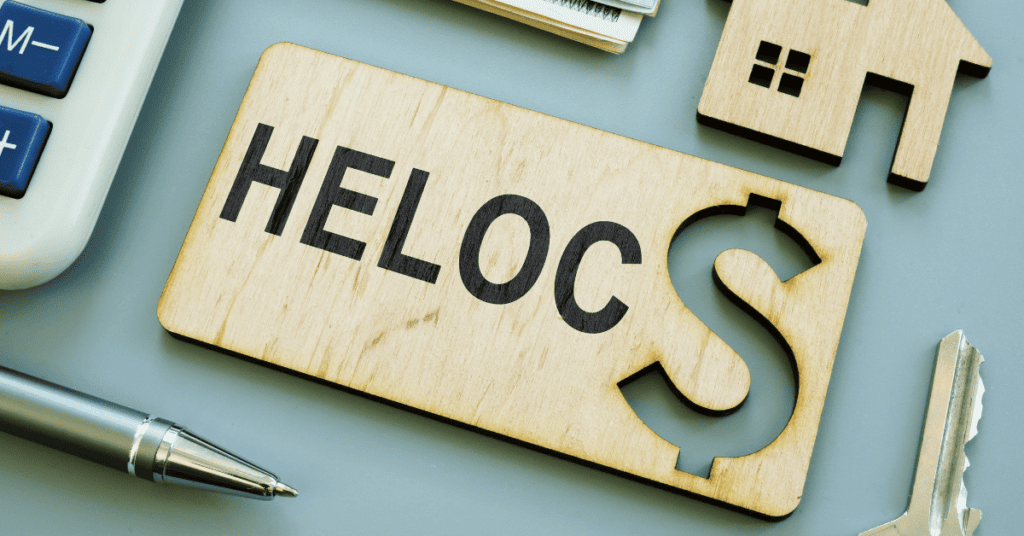Unlock Your Home Equity with Figure
- Approval in 5 minutes. Funding in as few as 5 days
- Borrow $20K-$400K
- Consolidate debt or finance home projects
- Fastest way to turn home equity into cash
- 100% online application
Leveraging the equity in your primary home through a Home Equity Line of Credit (HELOC) can be a smart way to finance a rental property purchase, but it comes with risks. For investors eyeing properties in the $500,000 range or higher, understanding the financial implications, tax benefits, and potential returns is crucial. Here’s a comprehensive guide to help you decide if this strategy is right for you.
A HELOC is a revolving line of credit that lets you borrow against the equity in your primary residence. Unlike a traditional loan, a HELOC functions more like a credit card, allowing you to draw funds as needed, typically for 5 to 10 years (the “draw period”), followed by a repayment period of 10 to 20 years. During the draw period, you usually pay interest only, but once the repayment phase begins, you must repay both principal and interest.
Key Features of a HELOC:

HELOCs often have lower interest rates than conventional investment property loans or private hard money loans. This can make your overall borrowing costs significantly cheaper, especially if your primary home has substantial equity.
With a HELOC, you only pay interest on the amount you actually use, giving you flexibility as you find the right investment property. This can be a major advantage if you plan to buy, renovate, and then refinance a property.
Interest paid on a HELOC may be tax-deductible if the funds are used for qualified purposes like home improvement or investment. Consult a tax professional to confirm what’s eligible.
Accessing funds from a HELOC can be quicker than applying for a new mortgage or private loan, allowing you to move quickly on investment opportunities.
Since the HELOC is secured by your primary residence, you risk foreclosure if you can’t keep up with payments. This can be a significant downside, especially if your rental property struggles to generate cash flow.
Most HELOCs come with variable rates, which can rise unexpectedly, increasing your monthly payments and potentially squeezing your profit margins.
Borrowing against your home can quickly lead to over-leverage, especially if property values decline or rental income drops. Be cautious not to stretch your finances too thin.
If a HELOC doesn’t seem like the right fit, consider other financing options:
Yes, but you should ensure the rental income covers both the HELOC payments and the primary mortgage to reduce risk.
Potentially, but it depends on how the funds are used and current tax laws. Consult a tax advisor.
You risk foreclosure on your primary residence if you default.
Using a HELOC on your primary residence to buy a $500K+ rental property can be a powerful wealth-building strategy, but it’s not without risks. Carefully assess your financial situation, rental property cash flow, and long-term goals before tapping into your home equity.
Ready to explore your options? Get personalized guidance today and find the best financing strategy for your investment goals.

Our advice is based on experience in the mortgage industry and we are dedicated to helping you achieve your goal of owning a home. We may receive compensation from partner banks when you view mortgage rates listed on our website.


